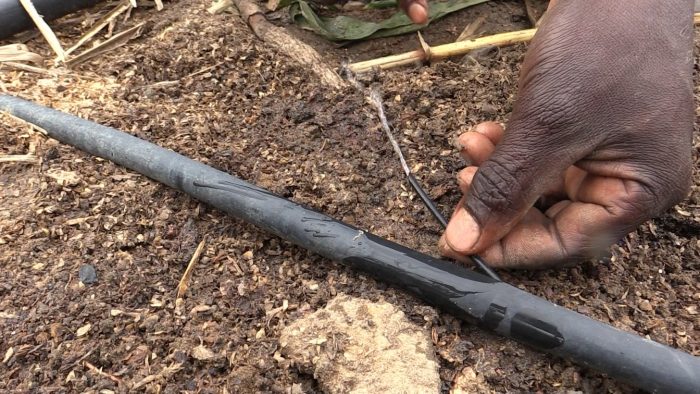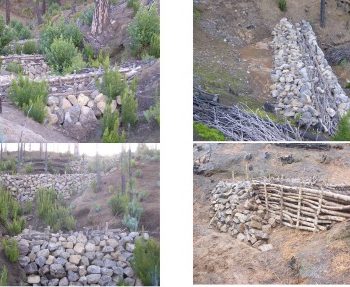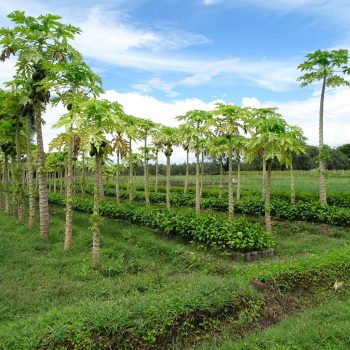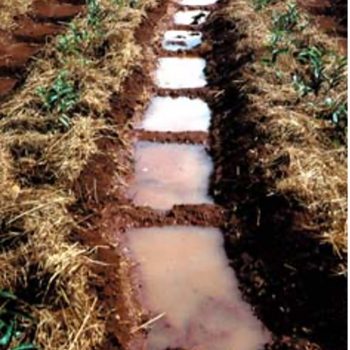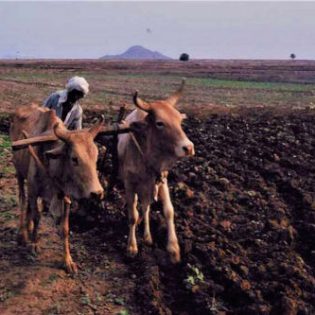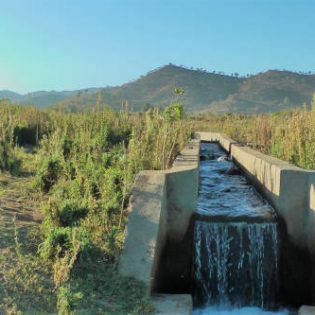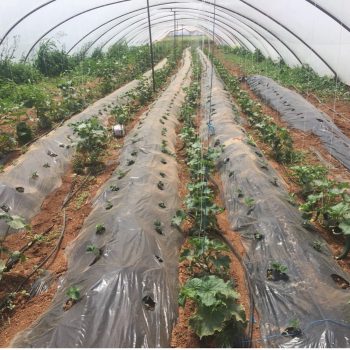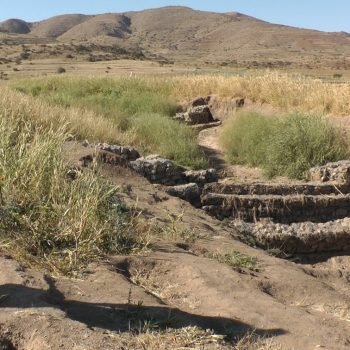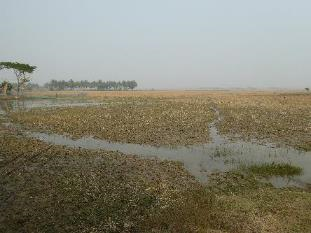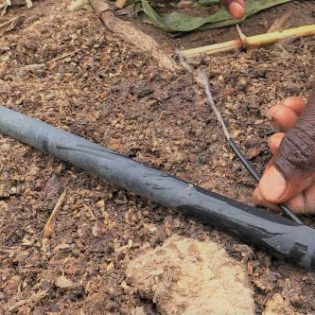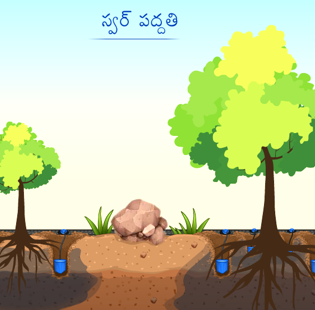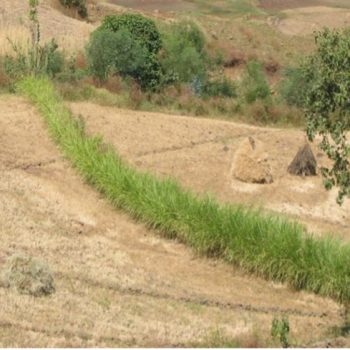Root zone drainage will remove excess water from the soil in canal command areas. This can be done by subsurface drains or by open drains. These drains will be placed in the command areas – the distance and depth depending on the drainage co-efficient, i.e. the volume of water to be removed. A special drain version are interceptor drains – located alongside the main source of seepage, i.e. the irrigation canals. Drainage can also be done by direct pumping, however the energy costs make this an expensive option. A particular version of the drainage tube well is the scavenger well, that removes the thin layers of fresh water on top of the saline groundwater for reuse and for controlling water tables.
In developing rootzone drainage, the general principles are:
- to create enough storage space in the upper soil layers to ensure adequate soil aeration for crop growth. In addition, this root zone aeration would help to avoid rainfall flooding
- controlling irrigation amounts; as overirrigation often takes place this should first be controlled and investment in drainage should be refrained from.
- Stimulating the pumping of groundwater in fresh groundwater zones by the curtailing and rationalization of surface supplies; pumping will lower local groundwater tables and act as points of drainage, the water can then be used for irrigation (ideally redistributed through existing channels). Groundwater pumping may in certain areas also create enough space (drained subsoils) to accommodate excess rainfall or floods.
ideally, where root zone drainage is envisioned there should be the possibility of flexibility in adapting irrigation water amounts within the scheme rather than continued uniform distribution
Additional information
| Agriculture | Irrigated |
|---|
